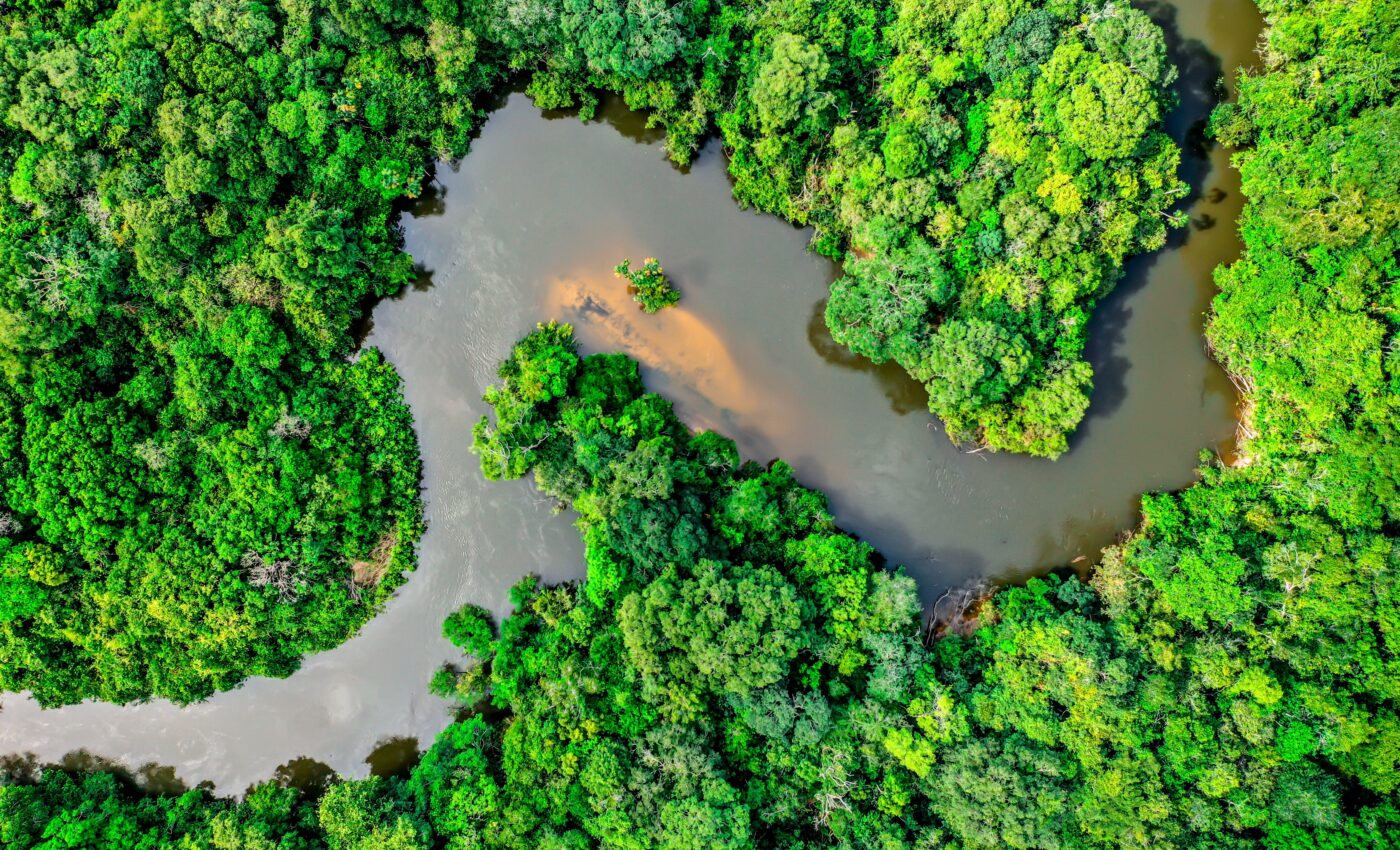
Extreme weather can flip forests from carbon sinks to carbon sources
In recent times, tropical forests have been hailed as champions in the fight against climate change due to their ability to act as carbon sinks – effectively absorbing more carbon than they emit.
But what happens when these forests are subjected to extreme climate anomalies like El Niño? This question has been addressed in a new study led by Dr. Amy Bennett of the University of Leeds.
Focus of the study
The research reveals that the ability of tropical forests to absorb carbon falters during extreme hot and dry conditions. This discovery has heightened concerns over the long-term effects of climate change on these forests.
Historically, tropical forests have served as Earth’s lungs. They absorb vast quantities of carbon dioxide, releasing oxygen in return. Their immense capability to act as a carbon sink has been instrumental in countering the rising levels of greenhouse gases and tempering the impact of climate change.
However, the new study raises concerns about the forests’ ability to sustain this role under the strain of climate extremes.
El Niño
Specifically, during the 2015-2016 El Niño climate event – one that brought about unprecedented drought and the highest temperatures ever documented – South American forests ceased to act as a carbon sink.
The El Niño phenomenon causes a sharp rise in sea-surface temperatures in the Pacific Ocean. This catalyzes a significant shift in the world’s climate system. For South America, the outcome in 2015-2016 was particularly scorching. A similar El Niño event is currently underway.
Carbon dioxide
“Tropical forests in the Amazon have played a key role in slowing the build-up of carbon dioxide in the atmosphere,” said Dr. Bennett.
“Scientists have been aware of the sensitivity of Amazonian trees to temperature fluctuations and varying water availability. Yet, the precise ramifications of future climate shifts on individual forests remain a puzzle. This massive El Niño event has granted us a foresight into how anomalous climatic conditions can affect these forests.”
How the research was conducted
The study, published in the journal Nature Climate Change, was a collaborative effort. The research team harnessed the resources of the RAINFOR and PPBio research networks.
More than 100 scientists meticulously measured forests over decades. Their study spanned 123 experimental plots that include Amazon, Atlantic, and drier tropical forests of South America.
The intricate data, painstakingly recorded tree-by-tree, revealed that for almost three decades, the majority of these forests served as reliable carbon sinks.
Surge in tree mortality
But, the 2015-2016 El Niño onset upset this balance. The primary reason? A significant uptick in tree mortality rates caused by the severe heat and drought.
Professor Beatriz Marimon is from Brazil’s Mato Grosso State University. He noted, “In the southeastern Amazon, at the rainforest’s edge, trees may have transitioned from sequestering carbon to releasing it. Although tree growth sustained higher temperatures, mortality surged during this climatic extreme.”
What the researchers discovered
From the 123 plots examined, a staggering 119 experienced an average monthly temperature surge of 0.5 degrees Celsius, and 99 faced water deficits.
Predictably, where temperatures rose, conditions were drier. Before El Niño’s onslaught, researchers estimated that these plots sequestered roughly a third of a ton of carbon per hectare annually. But this rate plummeted to zero amidst the El Niño-induced adversities.
A notable observation was the relatively higher impact of the El Niño in forests that were already leaning towards the drier side, suggesting that certain trees might already be grappling with their limit of tolerable conditions.
Study implications
Professor Oliver Phillips, an ecologist at the University of Leeds who also supervised this research, remains optimistic despite the dire outlook.
“This El Niño, albeit the most intense drought ever recorded, was no more damaging to intact forests than previous droughts. The increased tree mortality was primarily observed in drier regions on the Amazon’s periphery, where forests were already fragmented,” said Professor Phillips.
“Land clearance intensifies the environmental conditions, making them drier and hotter, which in turn, puts added strain on the remaining trees. The overarching challenge is ensuring these forests remain undisturbed. If achieved, our empirical evidence suggests they can persist in their role as carbon sinks, mitigating the progression of climate change.”
Like what you read? Subscribe to our newsletter for engaging articles, exclusive content, and the latest updates.
—–
Check us out on EarthSnap, a free app brought to you by Eric Ralls and Earth.com.













